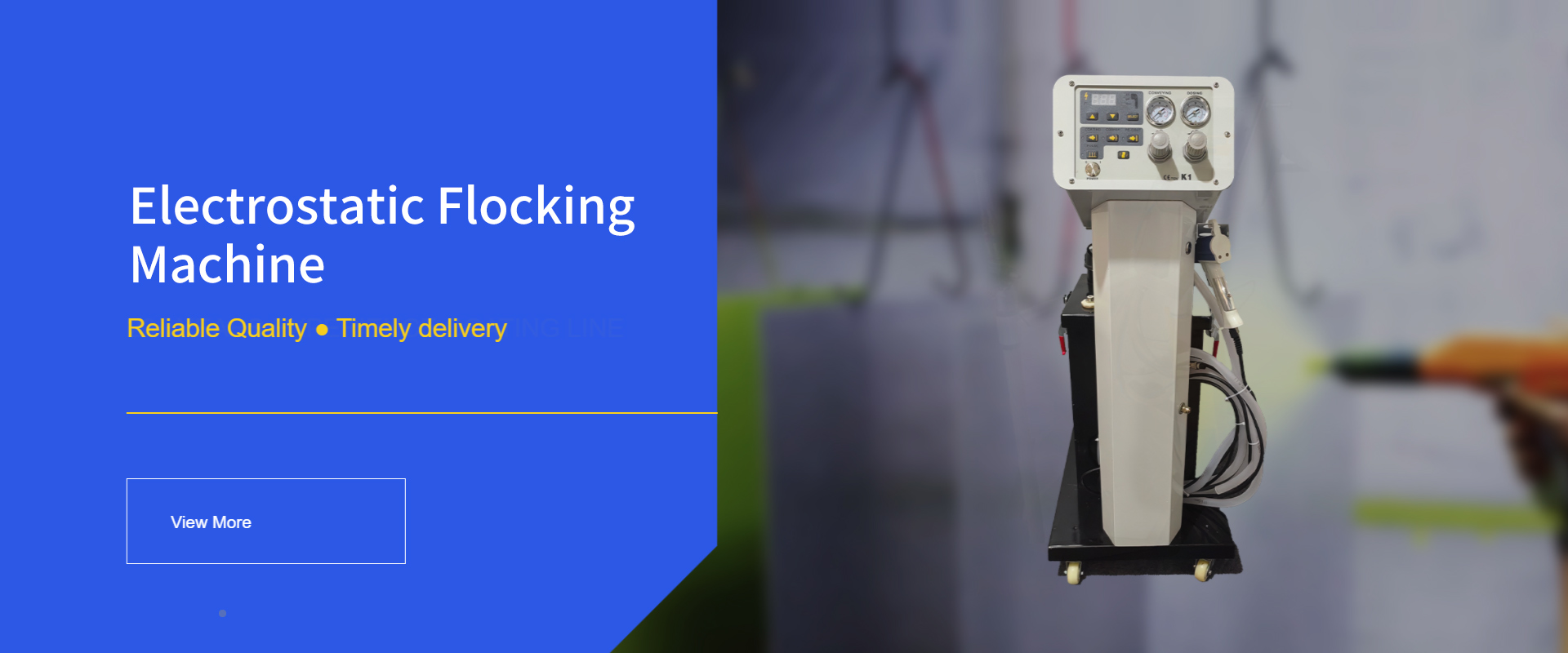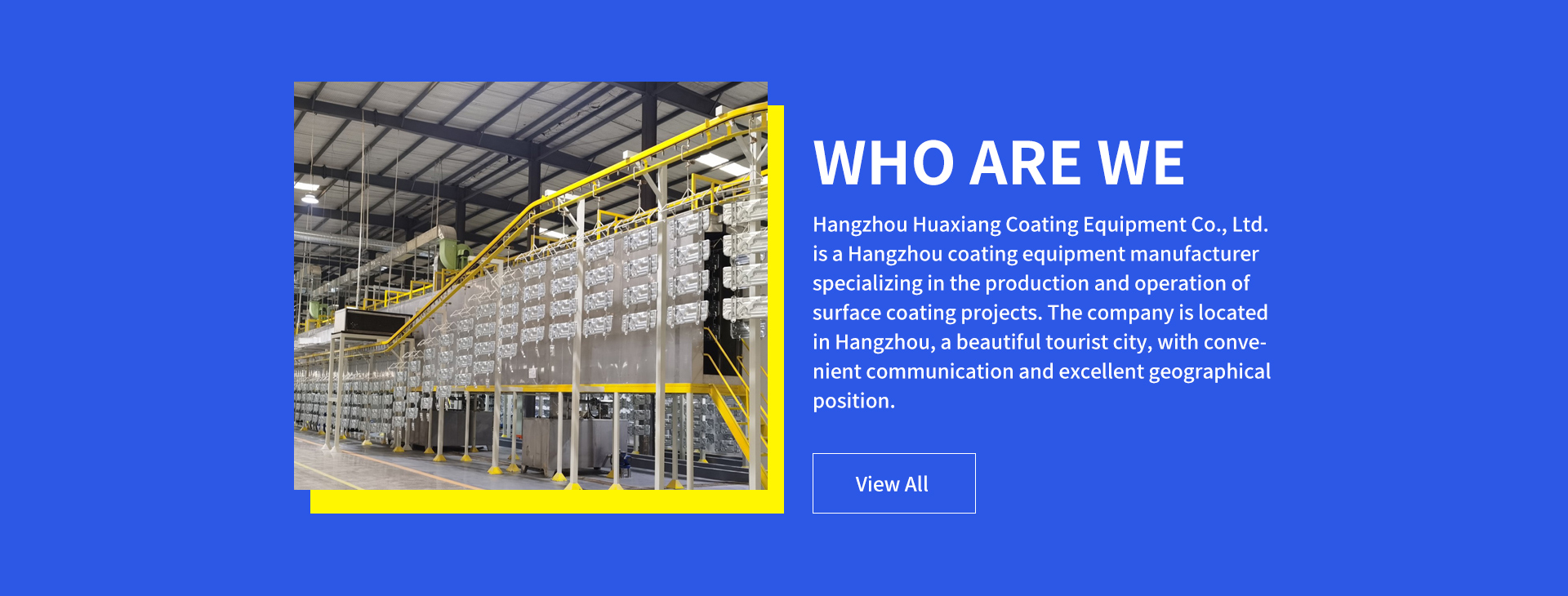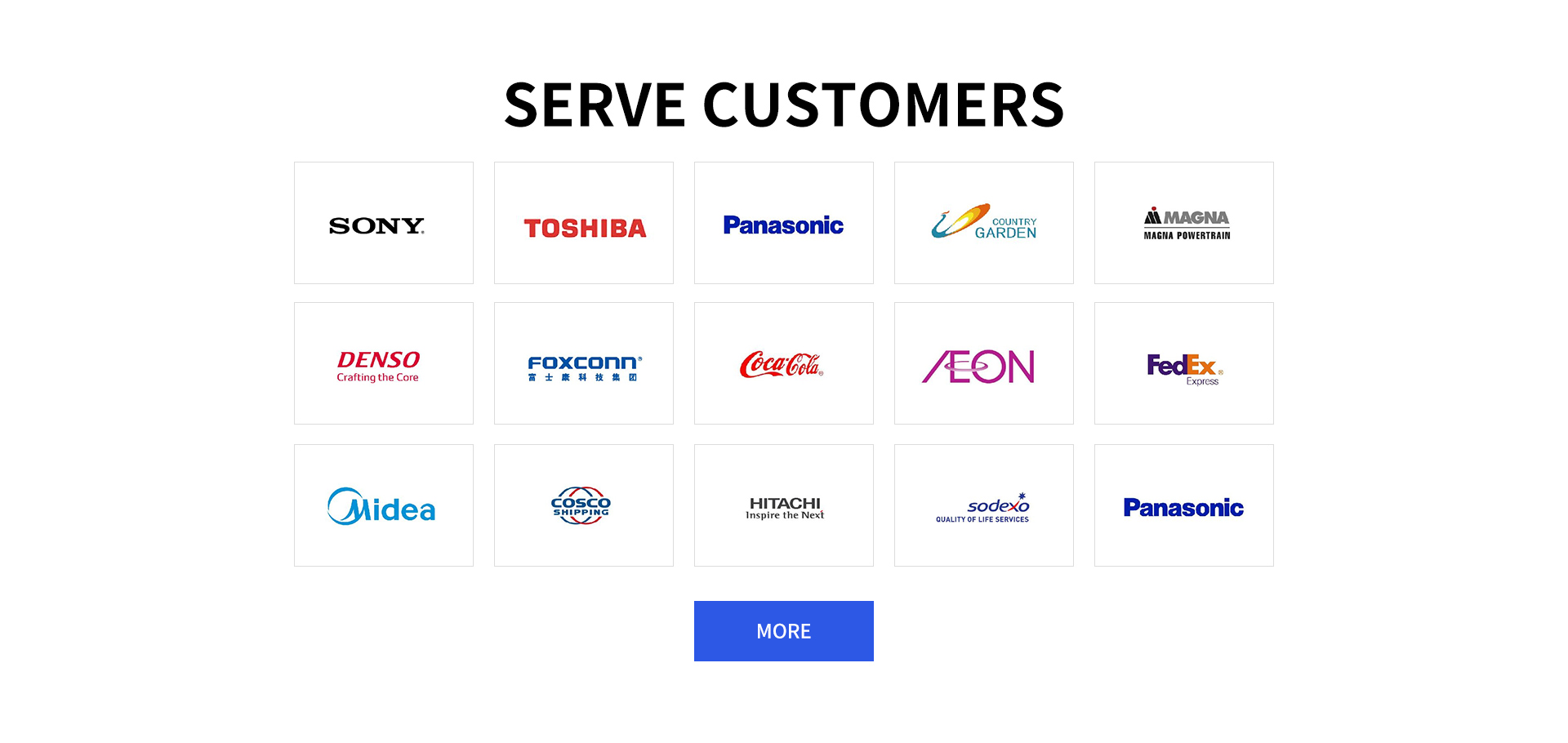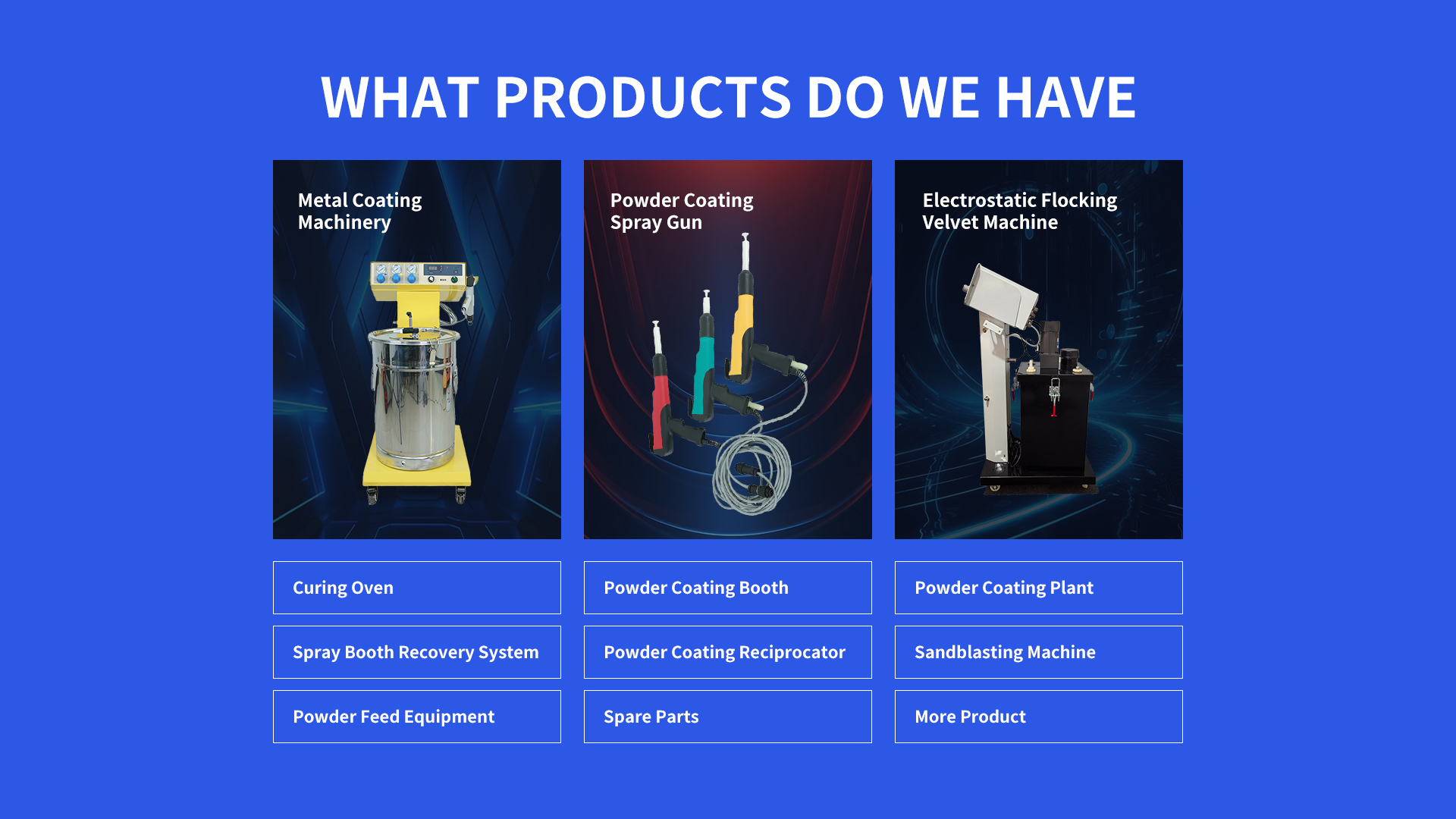Powder Coating Agricultural Equipment A Complete Buyer's Reference
Powder Coating Agricultural Equipment meets rising demand as farmers seek durable finishes for tractors, harvesters, and irrigation parts. Prices vary: small - scale kits for DIY use start modestly, while industrial - grade systems for large farms or manufacturers cost more, based on size and automation.
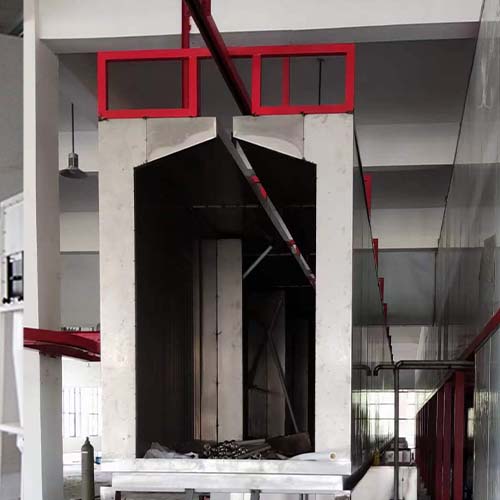
Powder Coating Agricultural Equipment is used in projects ranging from small farm tool touch - ups to large - scale manufacturing of tractors and combines. It coats plows, tillers, and fertilizer spreaders, protecting them from soil chemicals and moisture. For dairy farms, it finishes milking equipment frames, resisting rust from frequent cleaning. These projects aim to extend equipment life and maintain functionality in harsh farm environments.
The surface treatment process for
Powder Coating Agricultural Equipment begins with cleaning. Agricultural parts often have grease, dirt, and rust, so they undergo hot water washing or sandblasting to remove contaminants. Next, a phosphate conversion coating is applied to enhance powder adhesion, critical for parts exposed to mud and rain. The powder is then electrostatically sprayed, ensuring even coverage on irregular shapes like tractor grilles. Finally, parts cure in ovens, with temperatures adjusted to handle thick metal components common in farm equipment.
Powder Coating Agricultural Equipment refers to tools and systems designed to apply dry powder coatings specifically to farm machinery and parts. Unlike liquid paints, the powder melts and fuses during curing, forming a hard, flexible layer. It’s engineered to handle the unique stresses of agricultural use—from extreme temperature changes to contact with fertilizers and pesticides.
Agricultural - Grade Spray Gun: Built to handle thick powders resistant to farm chemicals. It features adjustable nozzles to coat large surfaces like tractor hoods and small parts like bolt heads, with strong electrostatic charge for better adhesion on rough metal.
Heavy - Duty Curing Oven: Designed to accommodate large equipment. It has precise temperature controls (typically 350–400°F) to cure thick powder layers on metal, ensuring the coating bonds well even on parts with varying thicknesses.
Pre - Treatment Station: Includes tanks for cleaning solutions and phosphate baths. It’s sized to handle big agricultural parts, with high - pressure sprayers to reach crevices in machinery, removing all debris before coating.
Powder Coating Agricultural Equipment offers superior corrosion resistance, critical for parts exposed to rain, manure, and fertilizers. The coating is chip - resistant, withstanding impacts from rocks or debris during fieldwork. It’s also UV - stable, preventing fading from long hours in sunlight. Compared to liquid paint, it produces less waste, as overspray can be recycled, making it cost - effective for large farming operations.
When selecting Powder Coating Agricultural Equipment, consider the size of your equipment. Small farms coating tools may need a portable spray gun and tabletop oven. Large operations handling tractors need industrial - size booths and ovens. Check if the equipment works with agricultural - specific powders (resistant to urea or lime). Look for durable components—stainless steel parts resist corrosion from cleaning chemicals used in pre - treatment. Read reviews from other farmers to gauge reliability in dusty, busy farm settings.
Start by prepping parts thoroughly—any leftover rust or grease ruins adhesion. For large items like plow blades, use a hoist to move them through the pre - treatment station. Adjust the spray gun’s voltage: higher settings work for rough surfaces, lower for smooth metal. Apply powder in thin, even layers to avoid drips during curing. Cure parts for the full recommended time; rushing leads to weak coatings. After curing, let parts cool slowly to prevent cracking, especially for thick metal pieces.
Wear a respirator rated for powder inhalation, as agricultural powders may contain chemicals. Keep the workspace well - ventilated to avoid powder buildup, which can be flammable. Use non - sparking tools near the curing oven, and never leave the oven unattended. Disconnect power when cleaning the spray gun, and store powders in sealed containers away from heat sources. Train all users on emergency shutdown procedures for the equipment.
Clean the spray gun after each use—clogged nozzles cause uneven coating. Drain and refill pre - treatment tanks monthly to prevent chemical buildup. Inspect oven heating elements quarterly; replace any that show wear to maintain consistent temperatures. Lubricate moving parts of the conveyor system (if using) to avoid jams with heavy agricultural parts. Keep filters in the spray booth clean to ensure proper airflow and powder recovery.
Disclaimer: Enhance your coating process with advanced electrostatic powder coating machines, precision powder coating spray guns, comprehensive powder coating systems, and efficient powder coating lines from Hangzhou Huaxiang Coating Equipment Co., Ltd. Designed for reliability and high-quality finishes, our solutions meet all your industrial powder coating machine needs. Contact us at gezx@cncolourspray.com

